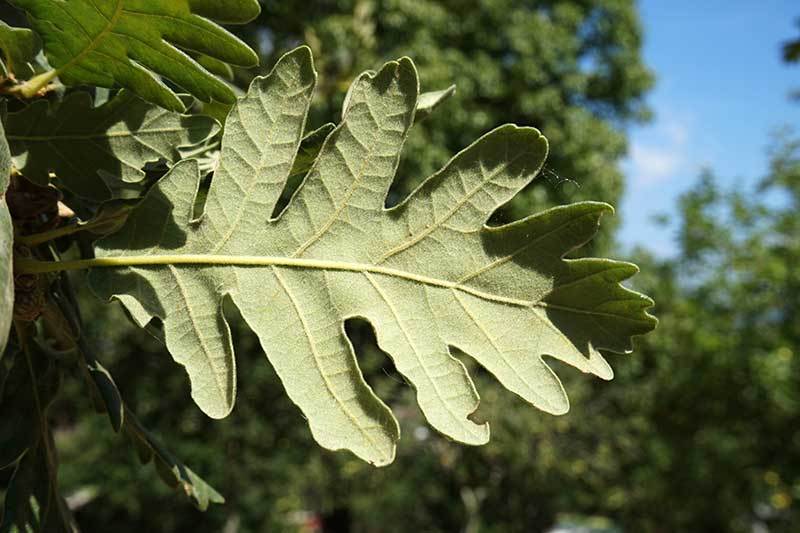Now that you distinguish the oak, it is time to meet a very close relative: the Pyrenean oak (Quercus pyrenaica). You can differentiate it because it has leaves with lobes much more marked, deep and irregular (they are not rounded). In addition, its leaves have many hairs, especially on the underside. If you see it in autumn-winter, you will see that the Pyrenean oak leaves are kept dry for a long time in the tree. Another difference with oak is that the acorns peduncle in the Pyrenean oak is very short.
If you consider that you are able to learn even more about these important tree species in Galicia, read on:
Surely while trying to identify oaks and Pyrenean oak you have found some trees that have intermediate characteristics between these two species ...
As the pollen of these two tree species is carried by wind, it is very probable that, instead of fertilizing the eggs of another tree of the same species, it fecundates the eggs of a tree of the other close relative species. Unlike other species that have mechanisms to prevent this fact, the oaks and Pyrenean oaks are able to exchange their reproductive cells and therefore to hybridize. You must know that, as other species of the same genus (Quercus), oaks and Pyrenean oaks hybridize easily for what it is easy to find, in areas where the two species coexist, as in this trail, hybrid individuals with characteristics intermediate to both of them. Look for some hybrid individual! Look mainly at the characteristics of the leaves!
